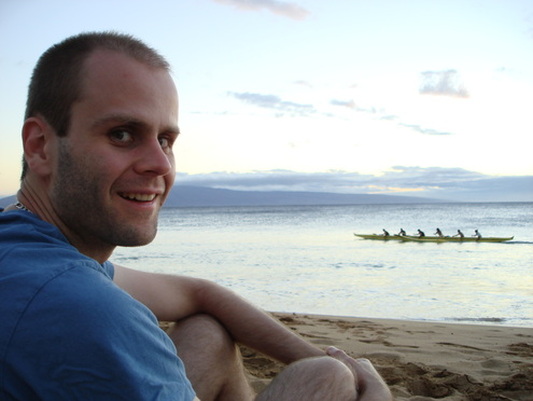
I am a research scientist at SETI.
Previously, I was a NASA Postdoctoral Fellow at Goddard Space Flight Center working with Dr. Stephen Rinehart. I also spent a year as a McLean Postdoctoral Fellow at University of Toronto's Department of Astronomy and have been a member of the Kepler Eclipsing Binary Working Group.
As a graduate student at Johns Hopkins University Department of Physics and Astronomy, I was awarded a coveted pre-doctoral NESSF Fellowship which funded my dissertation research on circumbinary planets from the Kepler catalog. I defended my dissertation under the advisement of Dr. Peter McCullough, founder and PI of the XO Project and an astronomer at STScI. My faculty adviser is Prof. Holland Ford, PI of ACS.
My research focuses on the discovery and characterization of exoplanets. I am very excited to be working in this field as humanity is on the verge of so many fascinating discoveries in the fields of exoplanets.
Prior to 2011, astronomers had evidence that gravitationally bound binary stars were abundant in the universe but were uncertain whether planets could form around such starry pairs. Only now, using data from Kepler, astronomers can be confident that such planets number in the millions.
Previously, I was a NASA Postdoctoral Fellow at Goddard Space Flight Center working with Dr. Stephen Rinehart. I also spent a year as a McLean Postdoctoral Fellow at University of Toronto's Department of Astronomy and have been a member of the Kepler Eclipsing Binary Working Group.
As a graduate student at Johns Hopkins University Department of Physics and Astronomy, I was awarded a coveted pre-doctoral NESSF Fellowship which funded my dissertation research on circumbinary planets from the Kepler catalog. I defended my dissertation under the advisement of Dr. Peter McCullough, founder and PI of the XO Project and an astronomer at STScI. My faculty adviser is Prof. Holland Ford, PI of ACS.
My research focuses on the discovery and characterization of exoplanets. I am very excited to be working in this field as humanity is on the verge of so many fascinating discoveries in the fields of exoplanets.
Prior to 2011, astronomers had evidence that gravitationally bound binary stars were abundant in the universe but were uncertain whether planets could form around such starry pairs. Only now, using data from Kepler, astronomers can be confident that such planets number in the millions.

Veselin B. Kotstov
NASA/Goddard Space Flight Center, Code 665
8800 Greenbelt Road, Bldg 34
Greenbelt, MD 20711
veselin.b.kostov(at)nasa.gov
NASA/Goddard Space Flight Center, Code 665
8800 Greenbelt Road, Bldg 34
Greenbelt, MD 20711
veselin.b.kostov(at)nasa.gov
